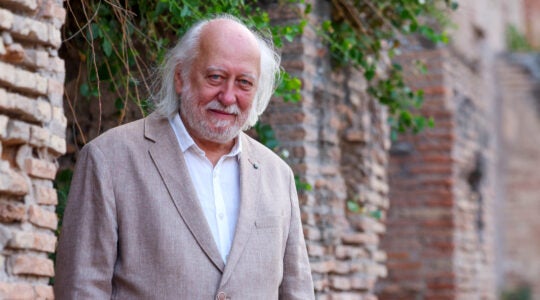All manner of genius can be found in the shrouded annals of Soviet Jewish history.
Born Pinkhes Kahanovitsch in 1884 Ukraine, Der Nister—the nom de plume meaning “The Hidden One”—was a widely underappreciated Yiddish writer of staggering talent and ingenuity. Der Nister’s early surrealistic stories were infused with Kabbalah and inspired by the mystical tales of Rabbi Nachman of Bratslav. He also wrote Yiddish children’s books, publishing The Story of the Rooster and The Little Goat in 1917, which was illustrated by compatriot Marc Chagall.
Subject to Stalin’s hardening censorship laws that outlawed symbolism of any kind, in 1939 Der Nister published the first volume of The Family Mashber, a sweeping, critically acclaimed, realistic historical novel set in the 1870s about a Jewish family. The second volume, dedicated to his daughter who starved to death during World War II, never saw Soviet publication. After being exiled to Birobidzhan, Der Nister eventually died in an unknown Soviet hospital in 1950.
If you’ve been scratching your head wondering why “Der Nister” sounds familiar, chances are you’ve read Dara Horn’s The World to Come, in which a fictionalized version of the writer comes to life.
__
Watch a video on why the Soviet Union appealed to Yiddish writers:
JTA has documented Jewish history in real-time for over a century. Keep our journalism strong by joining us in supporting independent, award-winning reporting.





